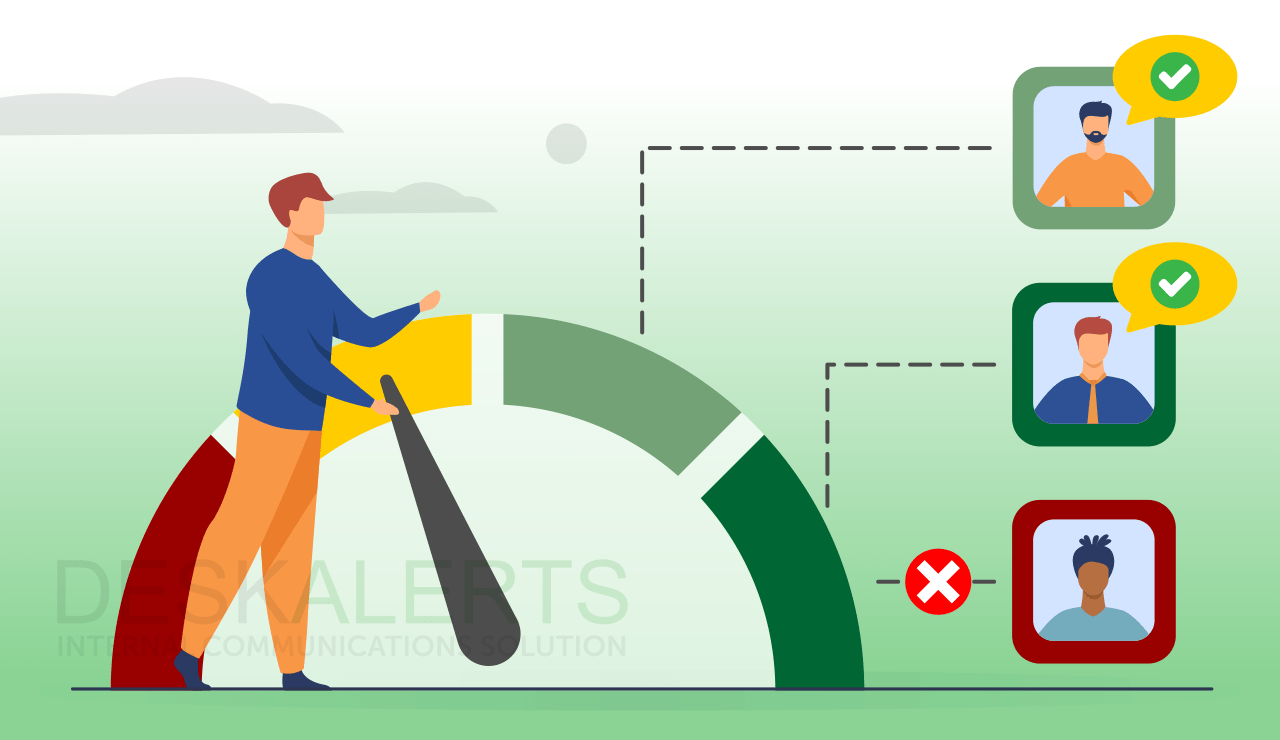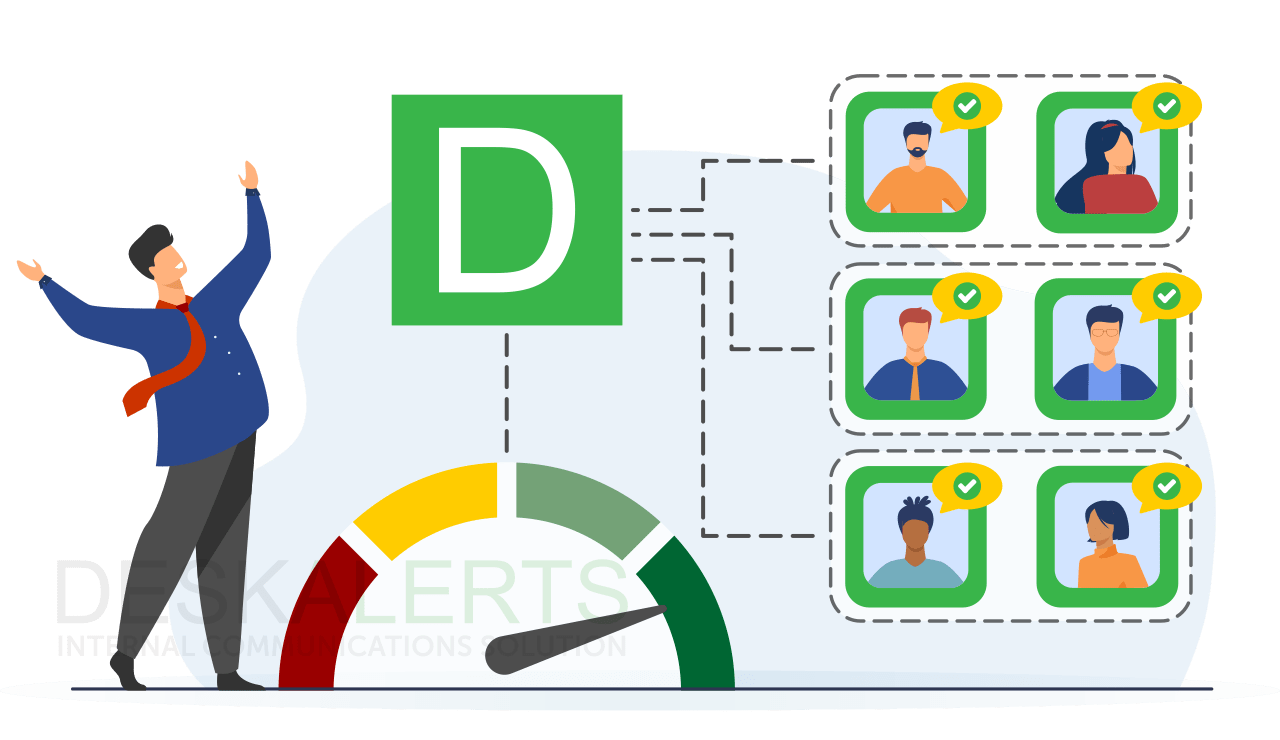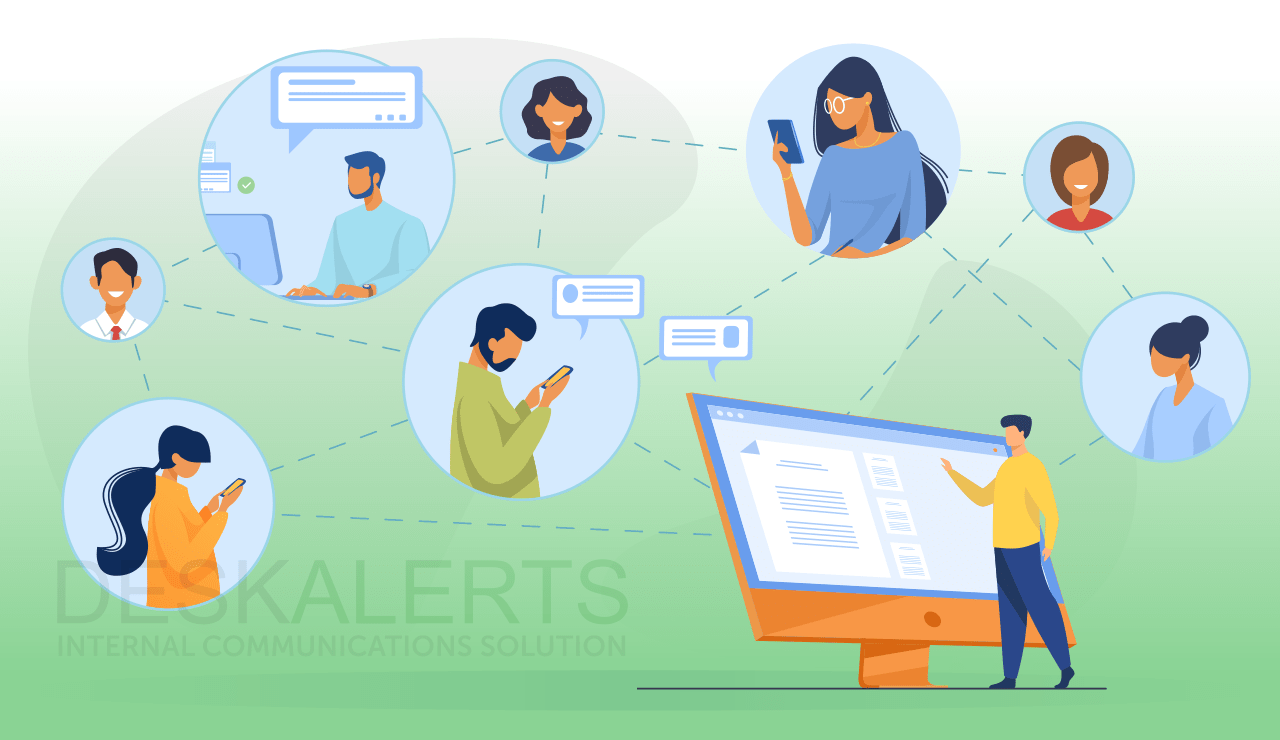 Setting expectations with employees is essential for a functioning, thriving business. Employees need to understand what management expects them to do so that they can play their part in contributing to organizational goals. It also helps management to keep employees accountable: if they are not doing the tasks required of them, meeting goals and KPIs, then management can show that it is something that they agreed to do.
Setting expectations with employees is essential for a functioning, thriving business. Employees need to understand what management expects them to do so that they can play their part in contributing to organizational goals. It also helps management to keep employees accountable: if they are not doing the tasks required of them, meeting goals and KPIs, then management can show that it is something that they agreed to do.
When employees don’t have clear expectations, there are other issues for a business. It can lead to confusion and mistakes being made, lower productivity and it can even affect employee engagement levels. According to research by Gallup, only around half of all employees understand what is expected of them in the workplace.
Gallup also found that businesses that set clear employee expectations have:
- An increase in sales
- An increase in profit
- Higher customer engagement levels
- Lower rates of employee turnover
- Increased employee safety
- More engaged employees.
How to set clear expectations for employees
Whether you’re new to a management role or you’ve been doing it for a while, you might be unsure of how to set employee expectations. Here are steps you can take to ensure that your employees understand what is expected of them:
1. Be absolutely clear about expectations
There is no room for ambiguity in the setting of employee expectations: if you are not 100% clear on what you expect, and the directives that you give can be open to interpretation, then it should not be a surprise if employees are unable to deliver on your expectations. Create a list of expectations for employees to follow that they can refer back to.
2. Emphasize the company’s objectives
By clearly defining the company’s objectives and key results in a workplace expectations list, your employees will be able to understand how they individually contribute to meeting these achievements.
You can do this by writing down key results that are actionable which lets the employee know what is expected, how they need to do it and when it should be delivered.
3. Manage team members according to their skills
Highly skilled employees who work well with little to no supervision will resent suddenly being micromanaged just because the team has a new manager. Similarly, less skilled employees who need a lot of guidance and supervision shouldn’t be left to their own devices. You need to accept that you cannot adopt a one-size-fits-all management style when it comes to team member expectations. Rather, you should tailor your management of employees according to factors such as skills and experience.
4. Keep employees accountable
Once you’ve set clear and realistic goals, it’s important that team members understand that they are then accountable for the goals on the employee expectations list.
You can help facilitate this by establishing shared goals and creating milestones on your list of expectations for employees so that employees are able to gauge their progress.
5. Have measurable and realistic goals
In order to understand whether or not your employee has met expectations and achieved a goal, it’s important to have evidence. This means that goals should be measurable – that is, you should be able to quantify it in some way. Goals should also be realistic: for example, don’t expect work to be completed in unrealistic timeframes.
6. Adapt your communication style for different team members
Just as overall management of the team might require different techniques, the way you communicate about expectations may differ in the team and can influence how to set expectations with employees. You may have some team members who need extra reminders to be accountable. Sending a pop-up notification that requires the employee to read and acknowledge the information might be a good option for these employees to have digital proof that they agreed to be accountable. Other team members may like regular face to face meetings to talk about progress.
7. Provide meaningful feedback
When you share meaningful feedback with employees about their performance and whether or not they have met your expectations, it helps with the next lot of expectations that you set out for them. You should also be open to feedback: were your expectations clear? Were they realistic? What could you both do differently to improve?

***
Setting clear expectations with your employees is one of the most important things you can do for productivity and organizational success. When everyone is on the same page it makes it much easier to succeed as a team.
FAQs
Why are expectations important in the workplace?
Setting expectations is important to ensure teams work cohesively and to create a culture of accountability within a workplace. Expectations provide clarity for both the employee and the manager alike, provides employees with structure and also gives a way for employees to be accountable.
How do you present your team expectations?
When you set your expectations with your staff, it is important that you communicate why the expectations are important, and present them to your employees in a way that is clear and concise. The team expectations list should be in writing so that they can be used as a reference point, and verbal conversations should be held to establish the expectations and then to reinforce them and check on progress.
How do you communicate expectations with your team?
It is important to be straightforward with your team when it comes to outlining your expectations. When communicating with employees you should clarify what you expect and explain the importance of these expectations. If you need to provide a specific set of actions or instructions you should also do so.
How do you explain expectations to your employees?
You need to let your employees know why the actions that they’re taking matters to the company’s overall success. You should tell them how their role fits in with the overall organizational team structure and why the work they do is important.
 Caroline Duncan
Caroline Duncan
 Setting expectations with employees is essential for a functioning, thriving business. Employees need to understand what management expects them to do so that they can play their part in contributing to organizational goals. It also helps management to keep employees accountable: if they are not doing the tasks required of them, meeting goals and KPIs, then management can show that it is something that they agreed to do.
Setting expectations with employees is essential for a functioning, thriving business. Employees need to understand what management expects them to do so that they can play their part in contributing to organizational goals. It also helps management to keep employees accountable: if they are not doing the tasks required of them, meeting goals and KPIs, then management can show that it is something that they agreed to do.






